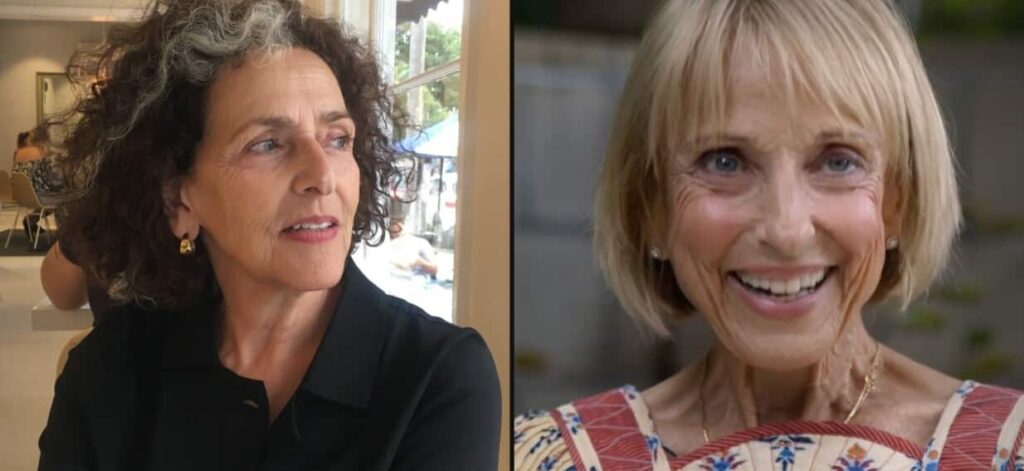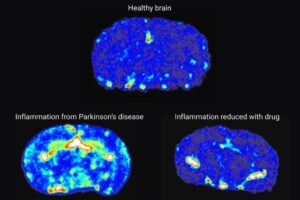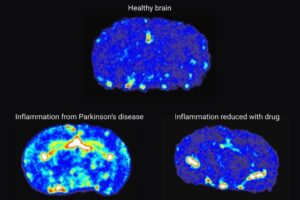
A groundbreaking cancer treatment developed by Australian scientists has shown remarkable potential in clinical trials, but its future remains uncertain due to funding challenges and rigorous regulatory hurdles. The treatment, known as EnGeneIC Dream Vector (EDV), is designed to target cancer cells specifically, minimizing the side effects typically associated with traditional chemotherapy.
In 2012, Lois Harris was diagnosed with neuroendocrine cancer, a rare and often incurable form of the disease. By the time of her diagnosis, the cancer had already spread throughout her body. Conventional treatment options, such as chemotherapy and targeted radiotherapy, posed significant risks and were deemed ineffective. Instead, Harris received regular injections to manage her symptoms, which included fatigue and discomfort.
After learning about the experimental EDV treatment from scientists working on a documentary titled Cancer Killers, Harris sought permission to participate in the trial. She underwent treatment in Singapore, receiving infusions twice weekly over two cycles. Remarkably, months after completing her treatment, Harris reported a decrease in her liver tumor size by approximately eight millimeters, a significant improvement given the circumstances. “I was walking 10,000 steps a day, doing pilates, going out morning and evening,” she stated, highlighting the treatment’s lack of side effects compared to traditional therapies.
In another inspiring case, Anne Jonas from Los Angeles received EDV for end-stage pancreatic cancer, which had left her with limited time to live. After her treatment, she experienced no adverse effects and, two and a half years later, tests showed no trace of cancer in her body. “I’m going to be a grandma,” she joyfully remarked, emphasizing her newfound vitality.
The EDV treatment works by delivering a therapeutic agent directly into cancer cells, effectively destroying them while sparing healthy cells. This approach not only reduces side effects but is also cost-effective compared to many existing cancer treatments, which can cost hundreds of thousands of dollars per patient. Developed by Dr. Himanshu Brahmbhatt and Dr. Jennifer MacDiarmid, both former colleagues at the Commonwealth Scientific and Industrial Research Organisation (CSIRO), EDV represents a significant advancement in cancer therapy.
The journey to develop EDV has not been without its challenges. The scientists often worked late into the night, brainstorming solutions to complex problems in a local McDonald’s. They eventually discovered a naturally occurring nano-cell within bacteria that could be engineered to target cancer cells effectively. Since entering human trials in 2009, more than 100 patients have benefited from EDV, according to Brahmbhatt. “We see cancer patients every day, many in very desperate situations,” he noted. “This science is actually bringing people back — from their deathbeds to their families.”
Despite the promising results, there are no guarantees that EDV will reach the market. Georgina Long AO, an Australian oncologist and clinical trial expert, emphasizes the difficulty of bringing new cancer treatments to market. “Fourteen out of every 15 drugs that get to stage one trials in humans are not developed further,” she explained, citing issues such as lack of efficacy or high toxicity. In the United States, only about 3 to 5 percent of cancer drugs that enter Phase 1 trials receive approval.
Clinical trials for cancer therapies are inherently complex, as each type of cancer behaves differently based on a variety of genetic and environmental factors. This complexity necessitates specialized clinical trial designs and can lead to lengthy development timelines, often spanning 10 to 15 years. As a result, many biotech startups struggle to secure funding, leading to project cancellations. Brahmbhatt revealed that his company has faced multiple near-bankruptcy situations. “Medicine takes an incredibly long time. There have been so many points where we’ve had to rebuild from scratch,” he said.
Despite these challenges, both Brahmbhatt and MacDiarmid remain committed to advancing their research. They hope to navigate the next stages of clinical trials successfully and ultimately provide EDV as a treatment option. “We want to see people go home cancer-free. There is no price that one can put on that,” Brahmbhatt asserted.
For patients like Lois Harris, the prospect of stable disease and improved quality of life represents a significant win. “If I can have another 10, 12 years of good years, that’s a huge win,” she stated. The ongoing journey of EDV underscores the importance of supporting innovative cancer research, with the potential to transform the lives of countless individuals battling this challenging disease.






